- Continue Shopping
- Your Cart is Empty
"Litter-ally" a most fascinating environment...
Ever heard of the term, "benthic", in reference to tropical fishes?
This term refers to the ecological region at the lowest level of a body of water such as a stream, river or a lake, including the sediment surface and some sub-surface layers. The so-called "leaf litter" zone in tropical streams is the prototypical "benthic" zone.
For many years, scientists thought that blackwater leaf litter communities were not very productive, lacking much in the way of food sources (insects) and fish diversity. This was later disproven by a bunch of studies of this benthic region in streams, with the discovery that they are home to a diverse assemblage of fishes, insects, and even crustaceans in some areas.
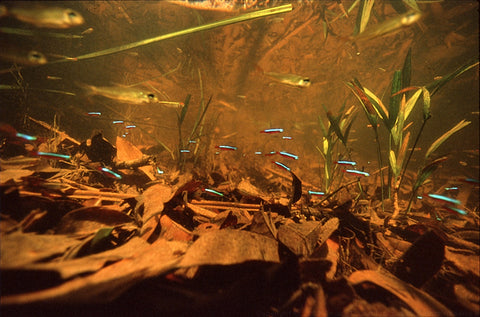
Interesting....
In one study, conducted in the blackwater river, Trauma-Mirim, near Manaus, Brazil, researchers identified over 20 different species of fishes residing in a benthic leaf litter zone less than 200 square feet in size (Henderson & Walker, 1986). Almost all preyed upon small invertebrates living within the leaf litter. Interestingly, the fishes that resided in these areas never strayed far from them, remaining in an area as small as 1 square meter for weeks at a time! That's like "aquarium-sized!"

With food, protection, and companionship, who would argue with them for staying put?

The food chain in a leaf litter community is surprisingly simple, yet not surprisingly, quite productive. At the bottom of the chain are fungi which decompose wood, leaves, and other botanical materials (hmm, sounds familiar, right?). These decomposing fungi are fed upon by insects and crustaceans, such as chironomids (sorta like the insects which produce "Blood Worms"), and other small organisms.
The fish population in the study referred to above consisted of a range of species from different families, some familiar to us as hobbyists: Apistogramma cf. regani, Nannostomus beckfordi, Pyrrhulina brevis, Elachocharax pulcher, and various Amydorus species.

This is an interesting assemblage of fishes which have adapted perfectly to this unique ecological niche- a testimony to the dynamics of the leaf litter community.
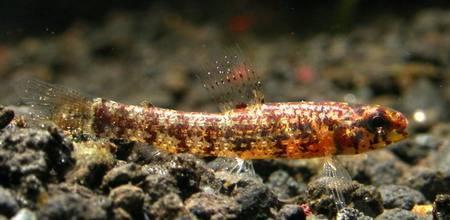
The Apistos reside on the surface of the leaf litter in small groups, retreating to it when disturbed. The Eleachocharax lives within the litter itself, seldom leaving it, along with some Knifefishes and catfishes, while the Pencilfishes tend to stay in the upper area of the water column, along with some Rivulus species as well.

This interesting diversity and distribution in the leaf litter community can easily be replicated within the aquarium, either with the species above, or with representative species of similar fishes. By creating a diverse assemblage of fishes in this aquarium, you'll not only be utilizing all layers of the water column, you'll be realistically representing this unique and surprisingly dynamic biotope!

As we've written about many times, it's a totally different concept and aesthetic than the more mainstream, so-called "natural" aquarium we see in contests and the aquarium media. We're talking about a world dominated by decomposing leaves, seed pods, driftwood, and overhanging roots.
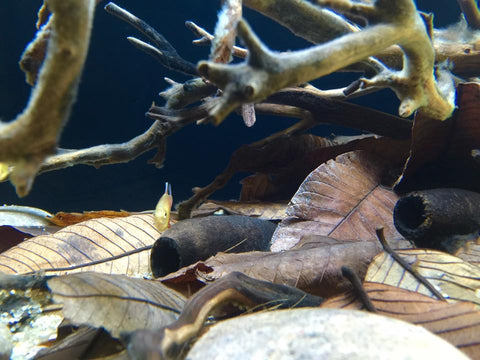
Biofilms, algae, and some bits and pieces of leaves and such are the norm. Indeed, they're not "sloppy", as armchair critics of this type of aquarium would have you believe. Rather, they are a natural, essential part of the ecological niche that you're trying to replicate.

It's never been easier to replicate and study a leaf litter zone in your own aquarium! We have the fishes, the equipment, and of course, the botanical materials to do the job. For the intrepid hobbyist (hey, that's YOU!) who is willing to try something a little different, the leaf litter zone holds the promise of great fascination, discovery, and the chance to observe our fishes in an environmental niche that has rarely been replicated in captivity.
Think differently. Expand your horizons. Stay curious.
And Stay Wet.
Scott Fellman
Tannin Aquatics

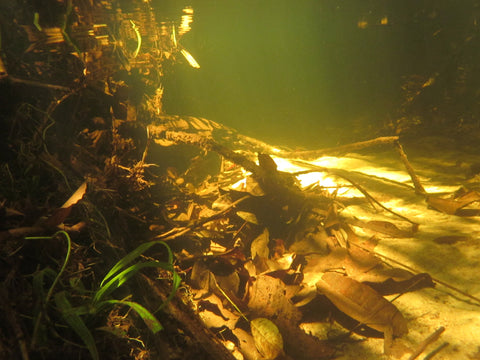
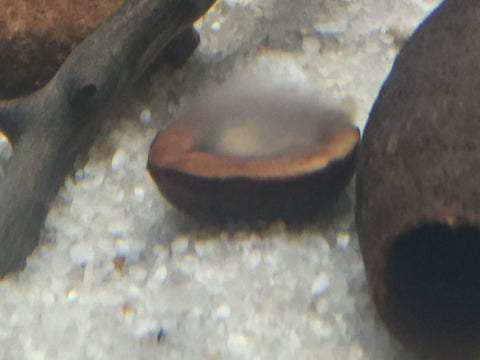





Scott Fellman
Author